The school courses
We offer courses for arrangements for tango, singing courses, tango guitar courses and also has created two smaller groups consisting of five members, the "quintet."
The association is open to any musician, initial, intermediate or professional level that touches any instrument and is interested in playing and learning the style of tango through the exchange and experiences of teachers and their own participants.
The typical orchestra

The traditional set up
The Typical Orchestra is the traditional set up of Argentine tango. It consists of a piano, a double bass, a section of 3-5 bandoneon (or more) and another section with the same number of violins, there may also be a viola and a cello.
This set up began in the 30s and remains to this day. Deeply linked to the dance evolved as demand for dancers and through the talent and creativity of the arrangers and directors. Every single arranger and director has developed its own personal characteristics and his orchestra has contributed with a particular style.
The Orquesta Típica remains today as privileged expression of tango dance halls and also in concerts.
We encourage to study some of these styles (Di Sarli, Pugliese, D'Agostino, Gobbi, Troilo and Piazzolla).
All the arrangements can be adapted as needed, the technical level of the students. Scores will be sent well in advance along with a recording of the same to facilitate the study of the student.
This training is open to amateur musicians with an acceptable technical and reading training, semi-professional musicians or professionals who want to be trained in this genre.
The summoned instruments are:
- Violi
- Viola
- Violoncel
- Double-Bass
- Bandoneon
- Piano
During the course there will be concerts to expose the work done.
The combo
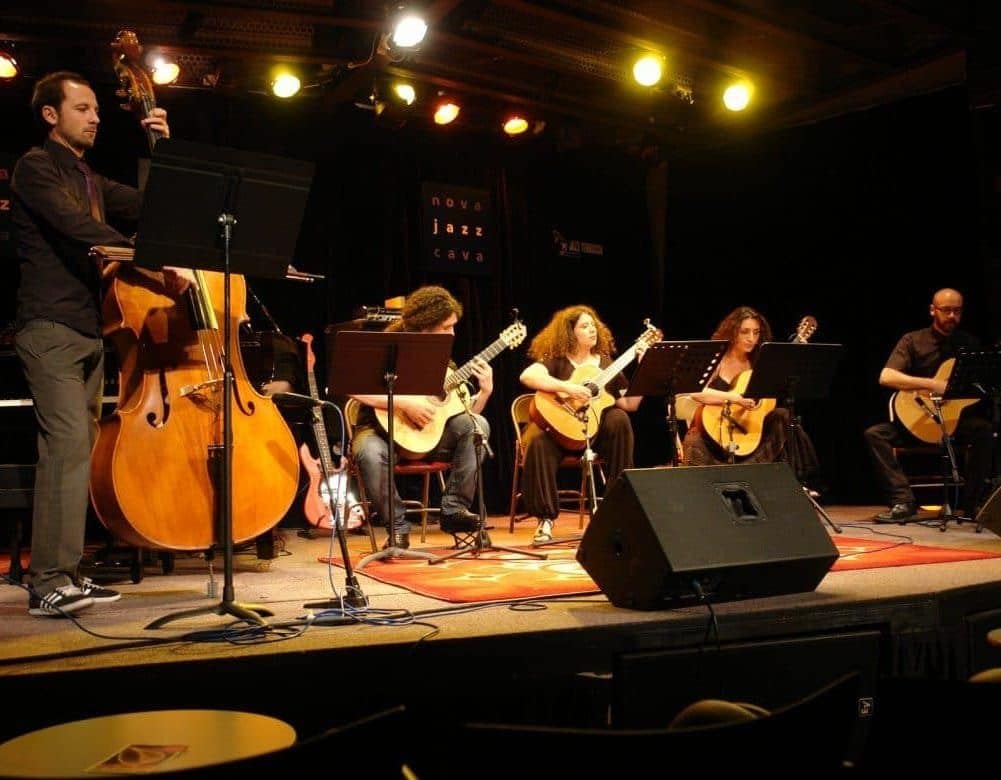
What is the Tango Combo?
The Tango Combo is another creation of the association "Latitud tango" to train musicians -professionals or amateurs- interested in learning tango's own style.
It is one of the typical tango formations: 4, 5 or 6 musicians (bandoneon, piano, guitar, violin, double bass, electric bass, fl ue, etc ...) go through the tango repertoire. These formations, smaller than the Orchestra-typical, became very popular from the 60s, since then and until today are a very important part of the history of tango.
How is it organized?
The course consists of 9 classes of 4hs each. The arrangements are made "to measure" of the participants: taking into account their technical level, reading, prior knowledge or not of the style, etc. Thus, from the practice you learn the style of tango with its differential features: rhythms, scratches, phrases, articulations, etc.
Who can participate?
The musicians - professionals or amateurs - who want to learn the style of tango. One or more groups will be formed depending on the number and level of the enrollees. There will be a previous interview to know the level of the participants and thus create homogeneous groups.
Instruments called
- Piano
- Guitar
- Flute
- Bandoneón
- Double bass
- Clarinet
- Electric bass
- Violín
- Viola
(ask for other instruments)
During the course concerts will be held to expose the work done.
Grup of guitars
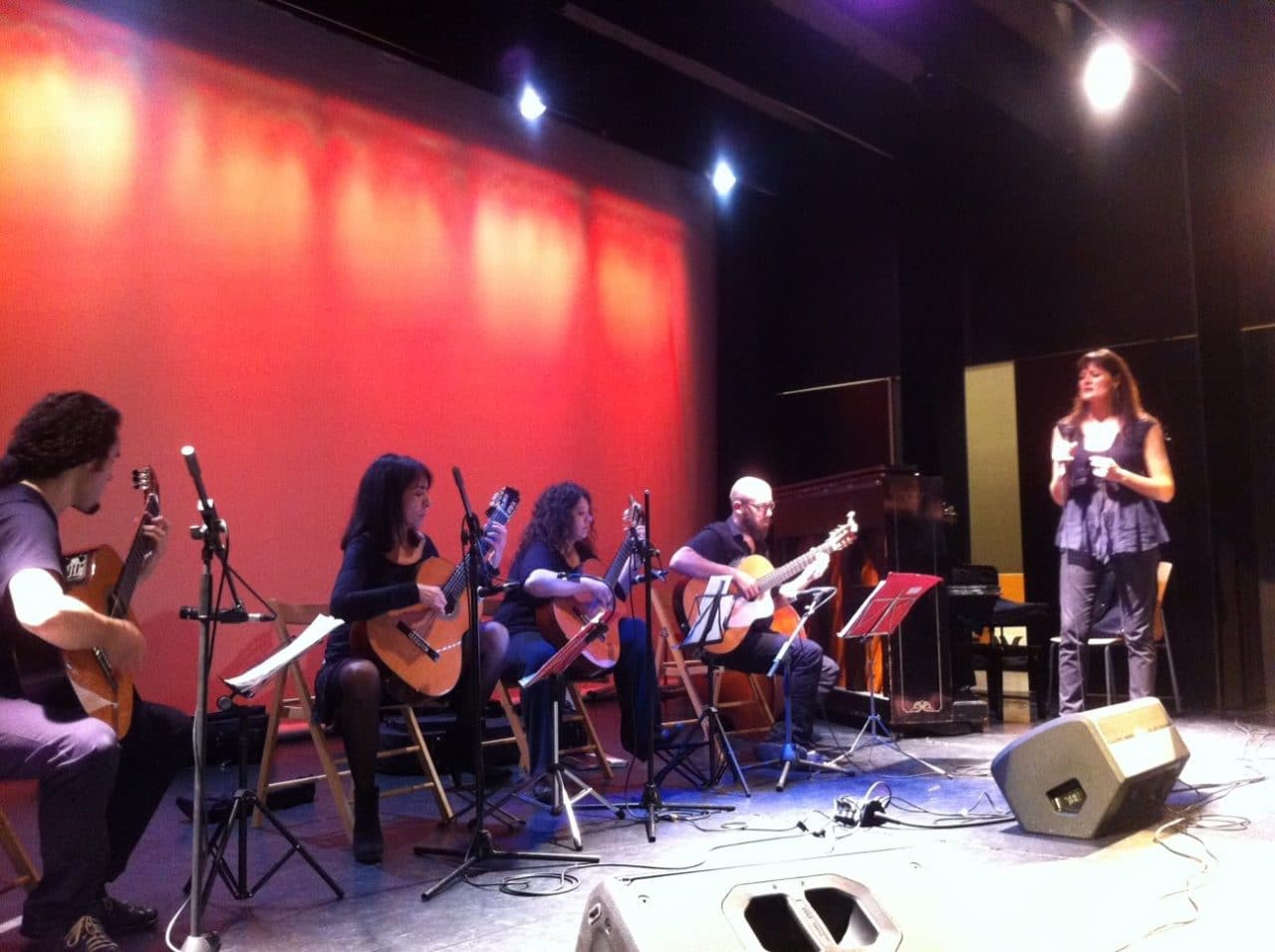
This is a typical line up in tango's history, three and up to five guitars can be part of the group, Singer and/or double bass can be added too.
What is the guitar group?
The course consists of 9 classes of 3hs each. The arrangements are made "to measure" of the participants: taking into account their technical level, reading, prior knowledge or not of style, etc ... Thus, from practice you learn the style of tango with its differential features: rhythms, scratches, phrasings, articulations, etc ... How is it organized?
The guitarists -professionals or amateurs- who want to learn the style of tango. One or more groups will be formed depending on the number and level of the enrollees. There will be a preliminary interview to know the level of the participants and thus create homogeneous groups.
During the course there will be concerts to expose the work done.
Harmony

Harmony of the tango
The intention of this subject is to provide students, in addition to a basic knowledge of musical language, the keys to understand the style of tango and get to interpret it correctly.
Singing
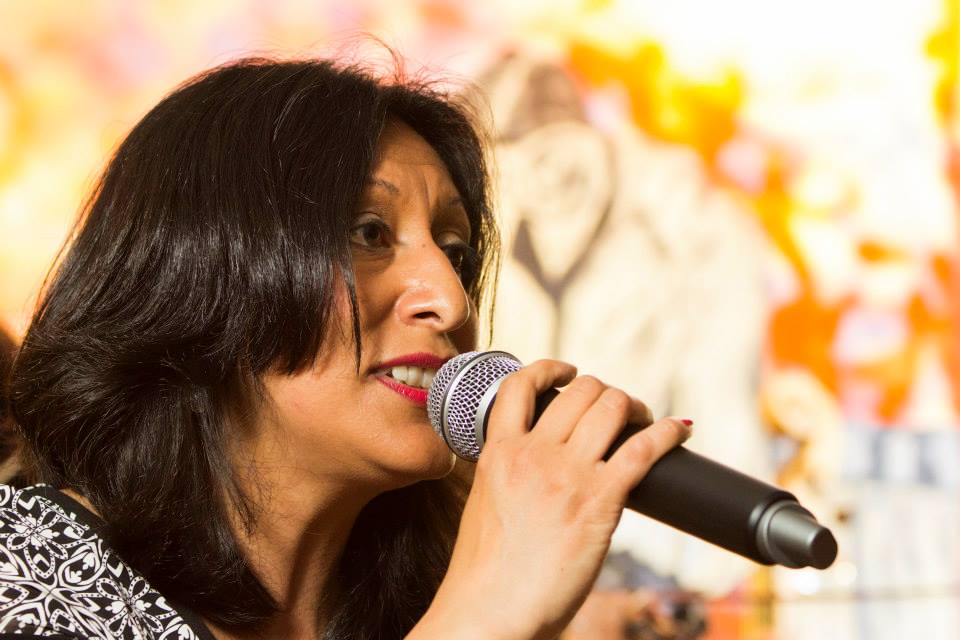
Sing tango
The objective of the course is to train the student to develop as a singer in tango. It seeks to internalize the lyrics and enjoy the pleasure of producing a tango; The classes last 60 minutes and are aimed at beginners, initiates and professional singers. During the course, apart from the private classes they will also sing along with the Tango Orchestra of Barcelona or a Tango Latitude Combo, a unique experience for learning.
Special seminars
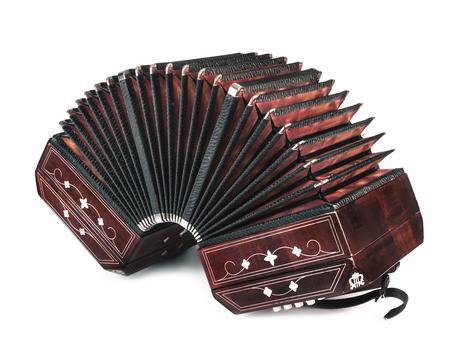
Special seminars
The seminars are special classes of short duration (one, two or three days).
In them you will be able to more specifically understand the functionality of each one of the arts (Music, Dance, Production, history) within the tango genre.
As they are of short duration, these seminars will be given throughout the year, being able to register at any time of the same.
To receive more information about each seminar you can write to us by contact.
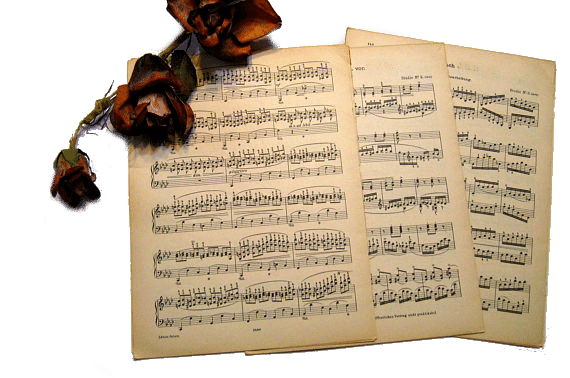
Arrangements
Course of initiation to the tango arrangement
Objectives: The course aims to give the basic fundamentals for, from a melody and its harmonic cipher, to develop a more or less simple arrangement for varied formations (duos, trios, quartets, etc.)
Requirements:
- Read in the sun and fa keys.
- Knowledge of the encryption.
This course will be based on melodies with a given encryption so that a minimum knowledge of harmony is sufficient.
Content:
- Accompaniment: Rhythmic models. Basic style harmony.
- Melody: Connected or rhythmic character. Joints Density Secondary melodies.
- Link passages: rhythmic and / or melodic.
- Orchestration: functionality of each instrument in the ensemble.
In all cases, it will work on examples (recordings, original scores, etc.) of the great creators of the genre and with a quick practical application in the work of the students.
If you are interested, contact us!
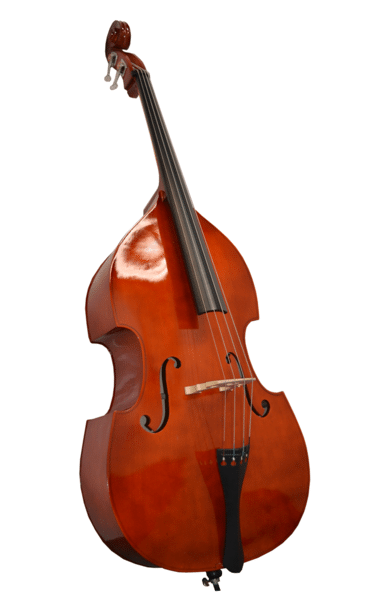
SEMINARIO · EL CONTRABAJO EN EL TANGO
Introducción al estilo.
En este seminario/taller de tres horas introduciremos a los alumnos en la práctica del tango en la especialidad de contrabajo. La función del instrumento dentro de la orquesta típica y los diferentes conjuntos y los rudimentos básicos de las técnicas específicas del tango. Se dará un repaso básico por los diferentes estilos de las orquestas más significativas centrando la atención en las maneras de acompañar de cada una de ellas.
Técnicas.
Modelos de marcación. (con arco)
- Marcato en 4
Marcato en 2
Yumba
- Síncopa anticipada
- Síncopa a tierra
- Síncopas sucesivas
Pizzicato
- Con empuje
- Enganchado
- Orquestal
Arrastres
- Arrastre con arco
- Arrastre con dedo
Efectos de Percusión
- Strappata
- Caja
- Tambor
- Chasquido
- Silbido
Milonga y Vals
- Milonga Urbana (o ciudadana)
- Milonga Campera
- Vals




